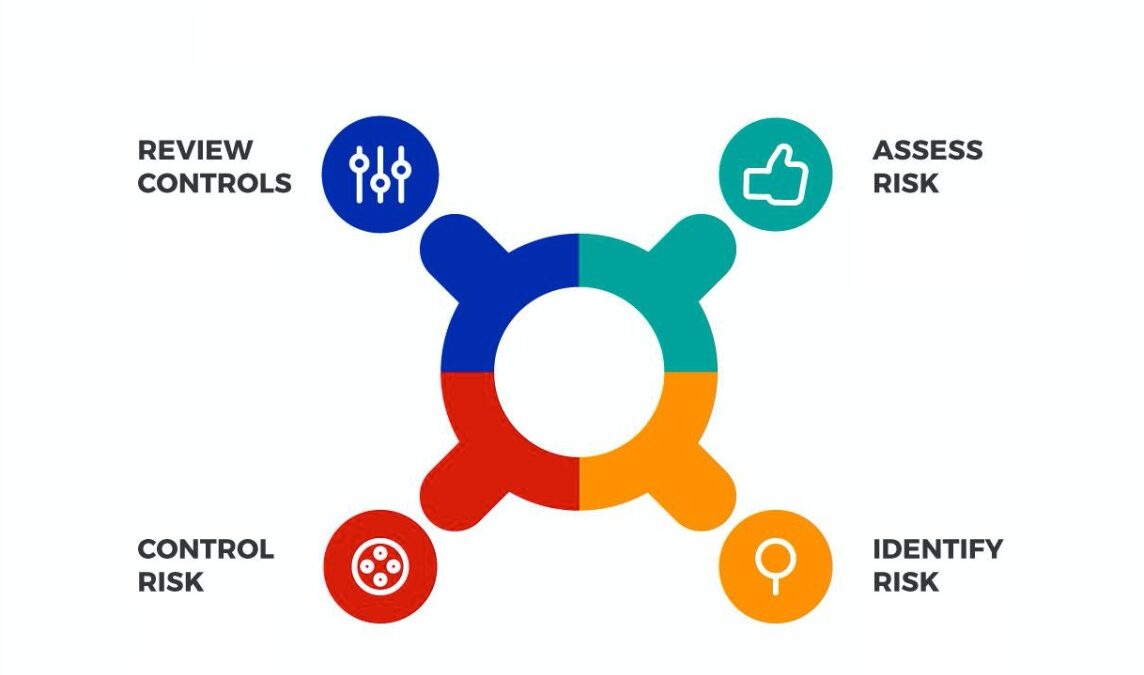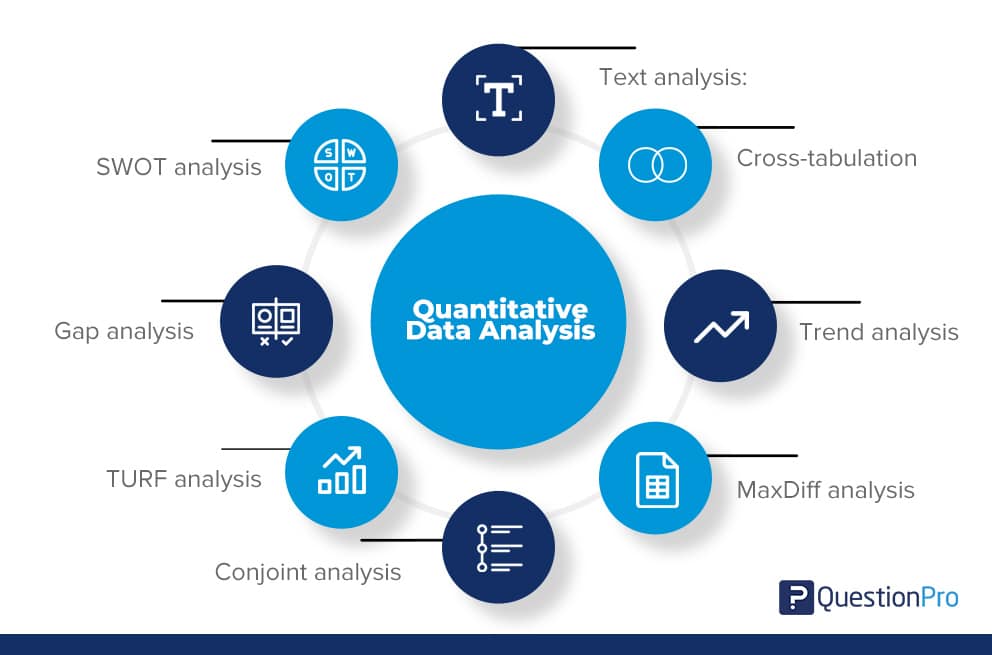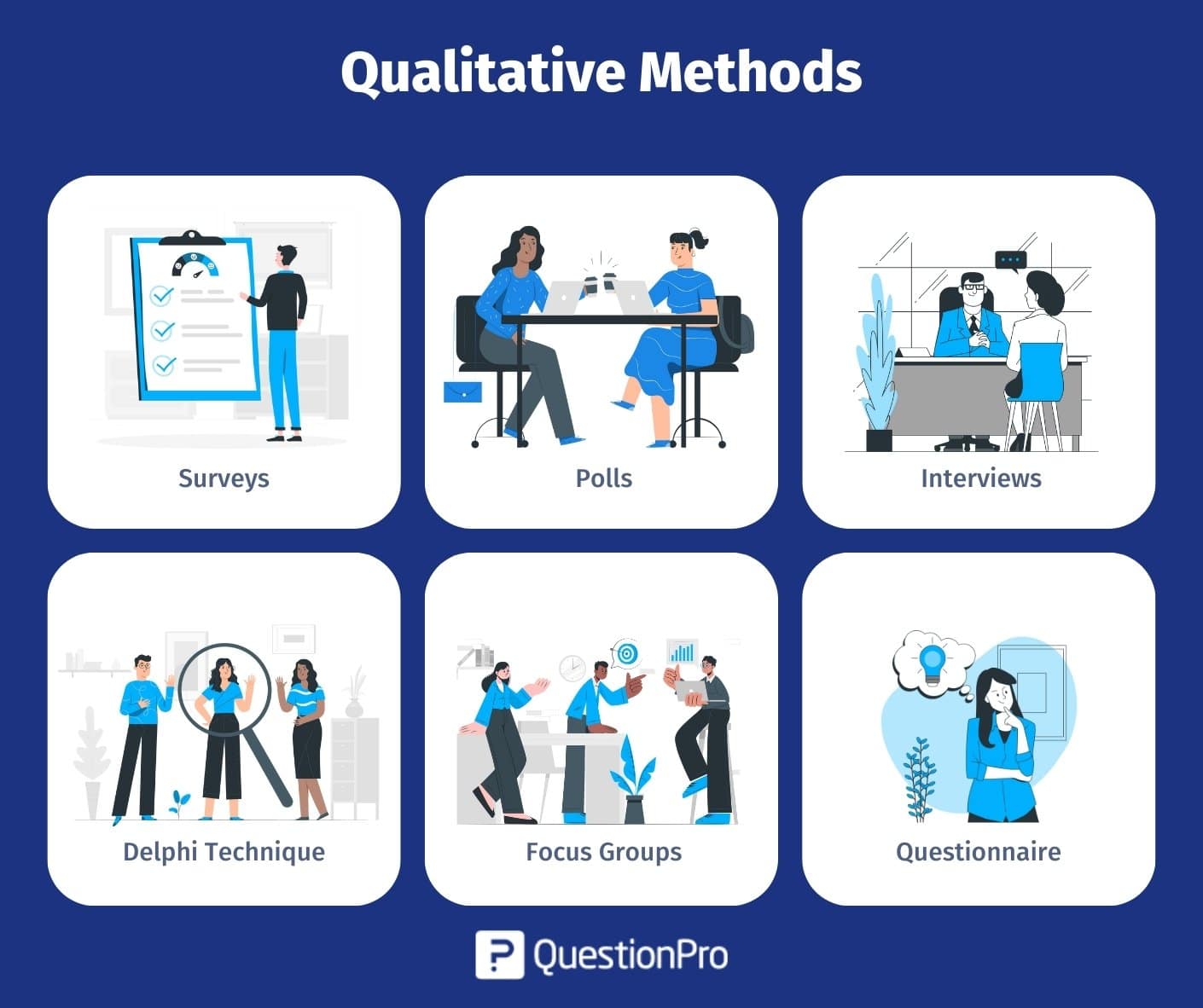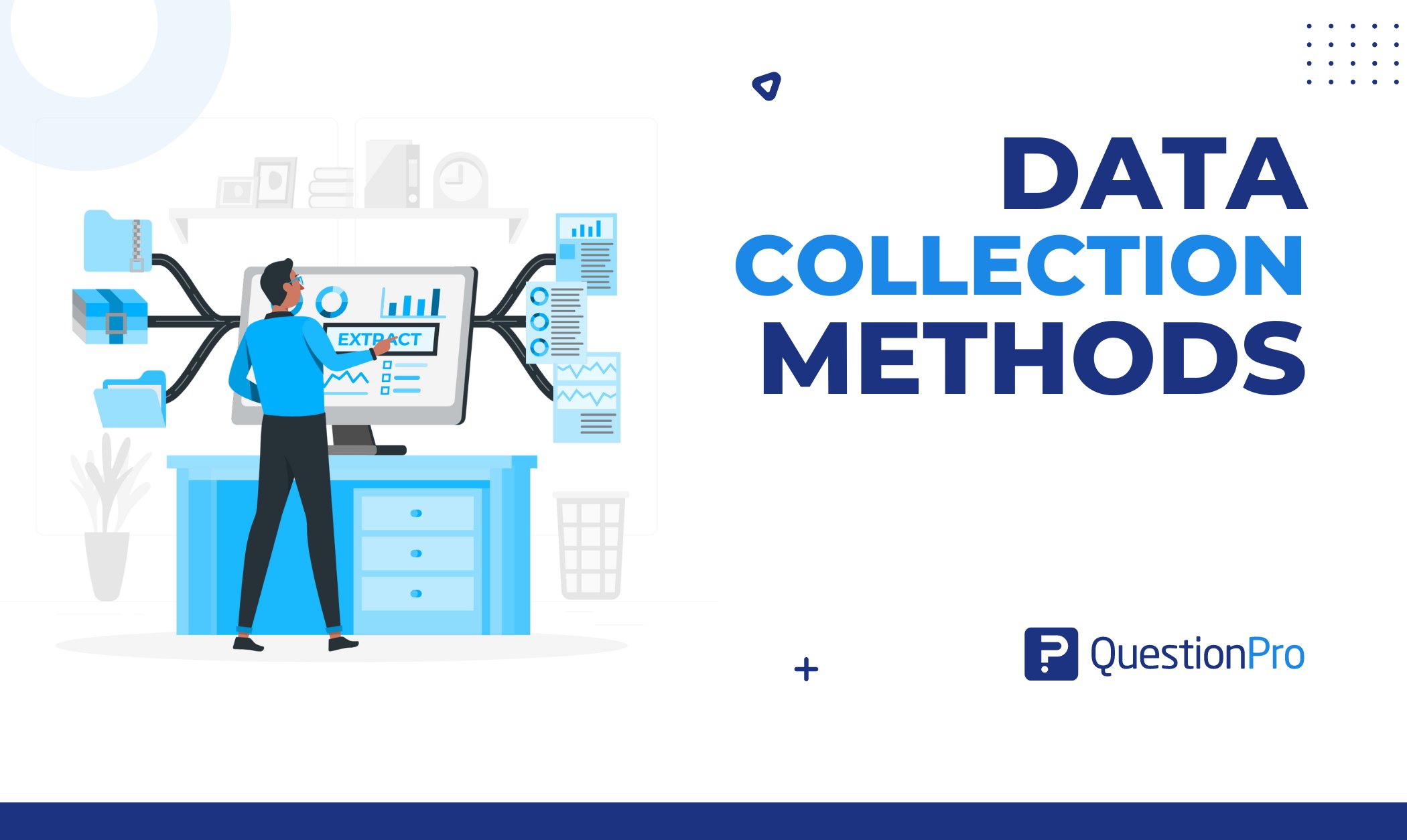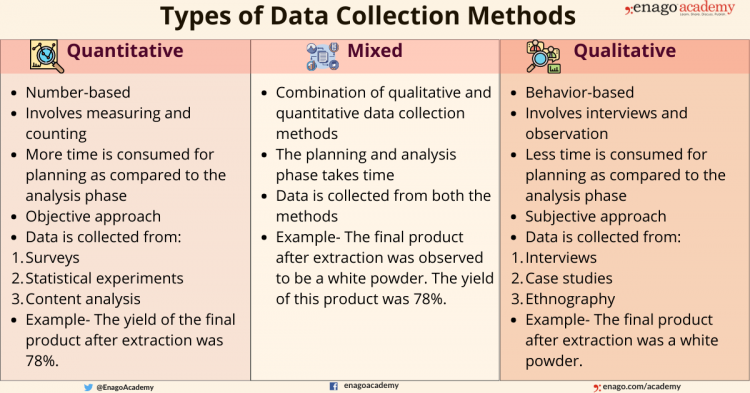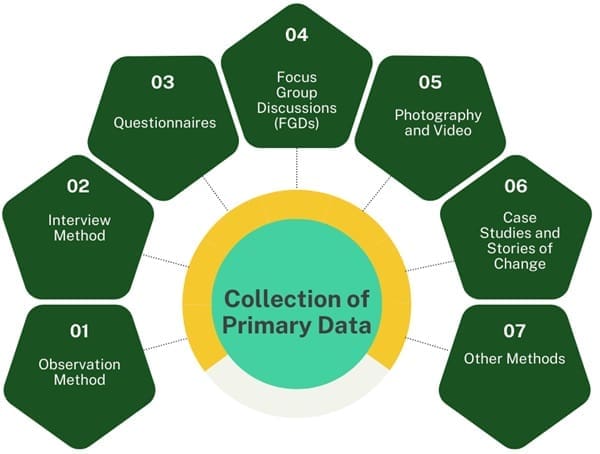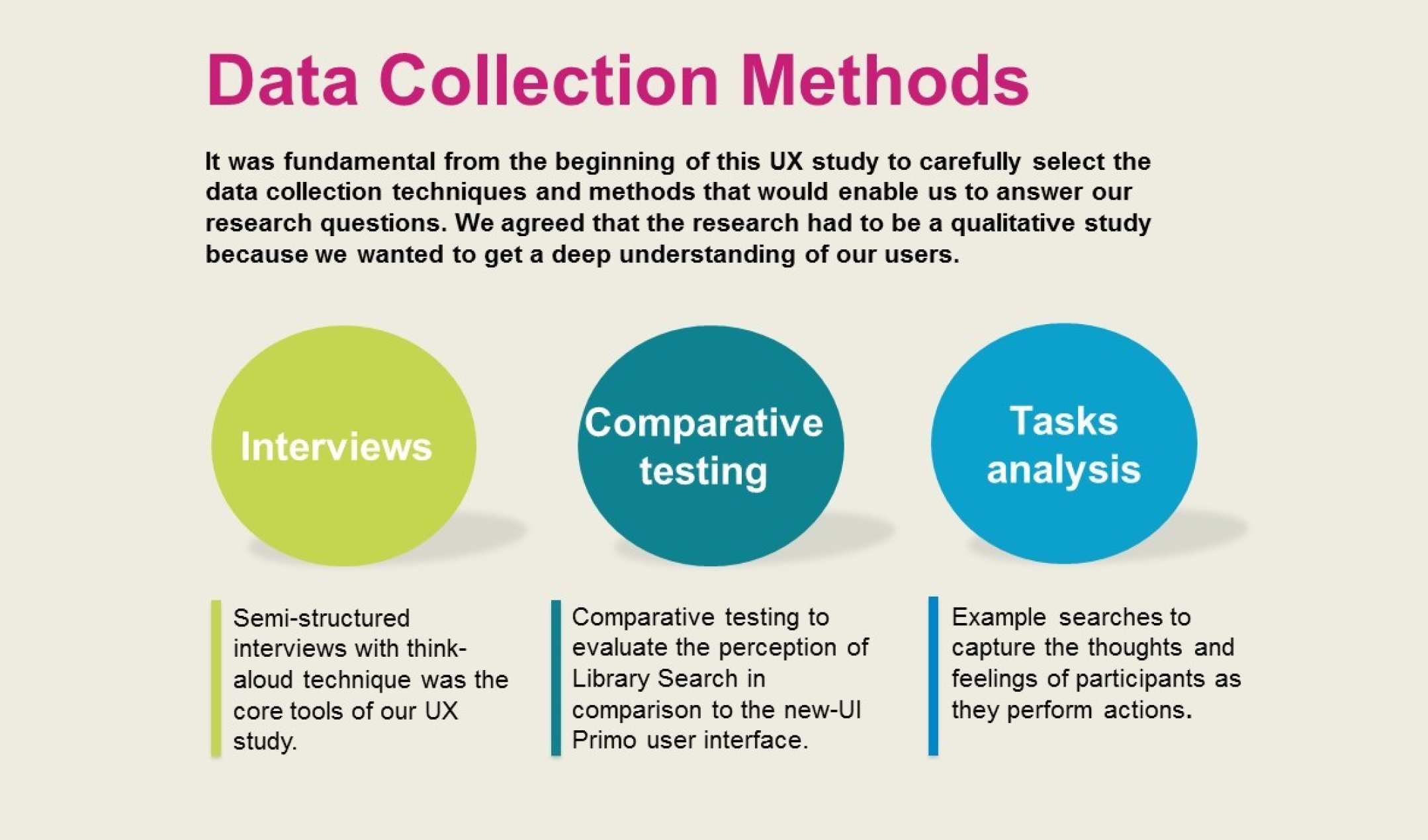Which Of The Following Data Collection Methods Poses A Risk

In an era defined by ubiquitous data collection, concerns are mounting about the potential risks associated with various methods employed to gather information. The line between beneficial data analysis and privacy intrusion is becoming increasingly blurred, prompting debate among policymakers, tech companies, and the public.
This article examines several common data collection techniques, analyzing their inherent risks and potential consequences for individual privacy and societal well-being. Understanding these risks is crucial for informed decision-making and advocating for responsible data handling practices.
The Spectrum of Data Collection Methods
Data collection methods are incredibly diverse, ranging from straightforward surveys to sophisticated surveillance technologies. Analyzing which methods pose the greatest risk requires careful consideration of factors like consent, transparency, and potential for misuse.
Surveillance Cameras and Facial Recognition
Ubiquitous surveillance cameras, coupled with facial recognition software, represent a particularly potent data collection tool. These systems can track individuals' movements in public spaces, creating detailed records of their activities.
Privacy International, a global advocacy group, has raised concerns about the lack of regulation surrounding facial recognition technology, highlighting the risk of mass surveillance and potential for discriminatory targeting.
The European Union is currently debating regulations to limit the use of facial recognition in public spaces, acknowledging the inherent risks to individual liberties.
Online Tracking and Profiling
Online tracking is another pervasive form of data collection, enabled by cookies, web beacons, and other technologies. Companies collect data about users' browsing habits, purchases, and social media interactions to create detailed profiles.
These profiles are then used for targeted advertising, personalized content, and potentially discriminatory practices. The Electronic Frontier Foundation (EFF) has long campaigned for stronger online privacy protections, arguing that individuals should have greater control over their data.
The recent implementation of the General Data Protection Regulation (GDPR) in Europe and similar legislation in other jurisdictions reflects a growing awareness of the need for stronger consumer data protection.
Data Brokers and Aggregators
Data brokers collect and sell personal information from a variety of sources, including public records, commercial databases, and online tracking. This aggregated data can be used to create detailed profiles of individuals, which are then sold to businesses, government agencies, and other organizations.
The lack of transparency surrounding data brokers' activities is a major concern. Individuals often have no knowledge of what information is being collected about them, how it is being used, or who it is being shared with.
Senator Ron Wyden has been a vocal critic of the data broker industry, calling for greater regulation and increased transparency.
"Americans deserve to know who is collecting their data and how it is being used," he stated in a recent hearing.
Biometric Data Collection
The collection of biometric data, such as fingerprints, iris scans, and voiceprints, is becoming increasingly common, particularly for security and identification purposes. While biometric data can offer enhanced security, it also presents significant privacy risks.
Unlike passwords, biometric data is unique and cannot be easily changed if compromised. A data breach involving biometric data could have devastating consequences for individuals.
The National Institute of Standards and Technology (NIST) is actively working to develop standards for biometric data security and privacy.
The Risk Assessment
Determining which data collection method poses the greatest risk involves considering several factors. These include the sensitivity of the data being collected, the potential for misuse, the level of transparency and consent, and the security measures in place to protect the data.
Methods that collect highly sensitive data, such as biometric information or health records, are generally considered to be higher risk. Similarly, methods that lack transparency or fail to obtain informed consent from individuals are also more concerning.
Ultimately, the level of risk depends on a combination of factors and can vary depending on the specific context.
Mitigating the Risks
While data collection is an integral part of modern society, it is essential to mitigate the risks associated with these practices. This can be achieved through a combination of regulatory measures, technological safeguards, and individual empowerment.
Strong data protection laws, such as the GDPR, can provide a framework for responsible data handling. These laws require companies to be transparent about their data collection practices, obtain informed consent from individuals, and implement appropriate security measures.
Technological safeguards, such as encryption and anonymization, can help to protect data from unauthorized access and misuse. Individuals can also take steps to protect their own privacy by using privacy-enhancing tools, such as VPNs and ad blockers.
Conclusion
Navigating the complexities of data collection in the digital age requires vigilance and a commitment to responsible practices. While each method presents unique challenges, prioritizing transparency, consent, and robust security measures is paramount.
By fostering a culture of data privacy awareness and advocating for stronger regulations, we can strive to harness the benefits of data collection while minimizing the risks to individual privacy and societal well-being. The future of data depends on it.

